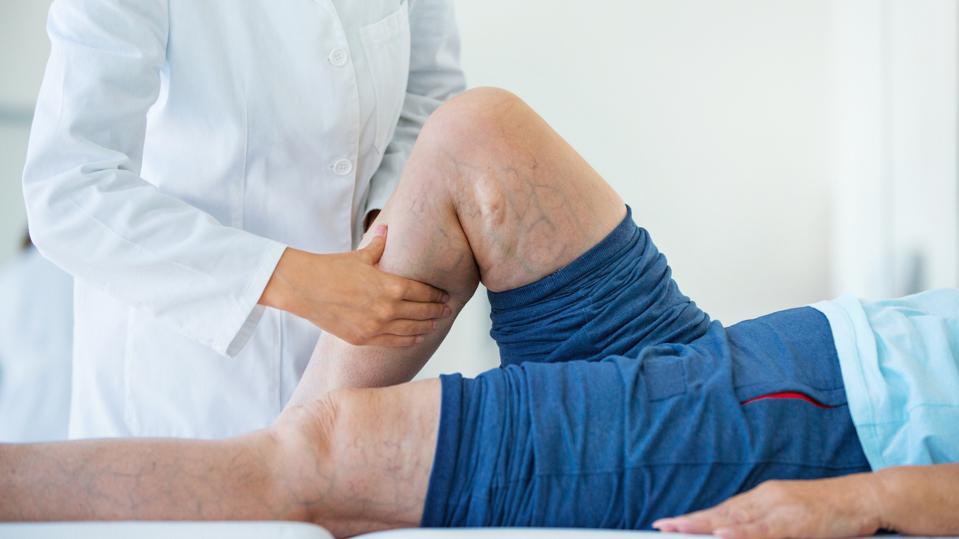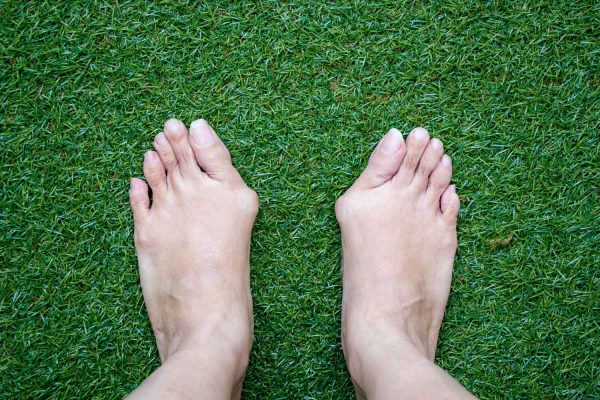If you’re tired of looking at those unsightly varicose veins, we have some great options that can help. Whether you want to remove or treat them permanently, these treatments can provide lasting results.
Varicose veins develop when valves in your veins don’t function properly. These valves control the direction of blood flow.
Table of Contents
Sclerotherapy
According to experts like the Surgical Associates, sclerotherapy is a safe outpatient procedure that reduces varicose veins. It doesn’t require anesthesia, and patients can usually go home on the day of treatment.
Your doctor will clean the skin around the injection site and stretch it, then inject the sclerotherapy solution into the affected vein. The solution clumps together and blocks blood flow in the vein. The sclerotherapy solution can cause a small amount of bruising or redness at the injection site, which generally goes away in a few days. New, tiny blood vessels may also form at the site, called neovascularization, which usually fades within three to twelve months without further treatment.
Endovenous Laser Treatment
One of the top varicose veins treatments is endovenous laser treatment (EVLT). It is a minimally invasive office-based procedure that requires no hospitalization or surgery. During EVLT, your doctor inserts a thin tube called a catheter into the vein using ultrasound guidance. The tube tip heats the vein walls with laser or radiofrequency energy, which closes the vein. This causes blood to flow out of the vein and reroutes it through healthy veins in your legs. This improves circulation and minimizes symptoms such as itching, swelling, or pain.
Microphlebectomy
When varicose veins appear on the legs, they are usually caused by faulty valves that prevent blood from flowing back to the heart. This can lead to pain, itchiness and swelling in the legs. Treatments for varicose veins include conservative options, such as wearing compression stockings, exercising and avoiding prolonged periods of standing or sitting. These methods can improve circulation, but sometimes surgery is needed. Micro phlebectomy is a minimally invasive treatment highly recommended for patients with large, bulging varicose veins. It is performed through minuscule incisions in the leg and removes the vein using a small hook. The body naturally redirects blood flow to healthy veins as the damaged one is removed, improving circulation and minimizing discomfort.
Radiofrequency Ablation
Suppose you have a large varicose vein or spider veins that don’t respond to conservative treatments, such as compression stockings and self-care. In that case, your doctor may recommend a minimally invasive procedure. This treatment is called radiofrequency ablation. Your doctor uses a small tube called a catheter to insert into your vein. An ultrasound scan guides the catheter into the vein, passing a tiny laser through it. The radiofrequency energy heats the inside of the vein until its walls collapse. It then seals it shut, directing your blood to healthier veins.
Endoscopic Vein Surgery
Endoscopic vein surgery is a minimally invasive procedure that closes varicose veins. It also removes leg ulcers, which often develop because of blood pressure in the damaged underlying veins. Before the procedure, your doctor will ask you many questions and do a physical exam. They will check your blood pressure, heart rate and other medical conditions. Sometimes, your doctor will use a handheld Doppler ultrasound device to find the varicose vein. During the surgery, your doctor will make a small cut in the skin near the vein and insert a tube or catheter. A device at the end of the tube heats up the inside of the vein and closes it off. This makes it harder for the vein to get bigger or enlarge. It’s not as effective as open vein removal, but it has fewer side effects and reduces the risk of leg infections.





